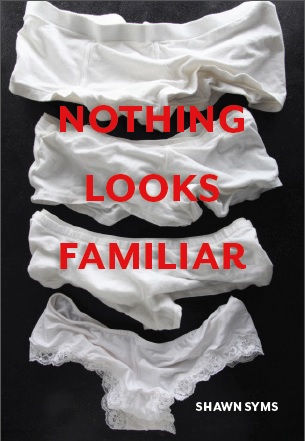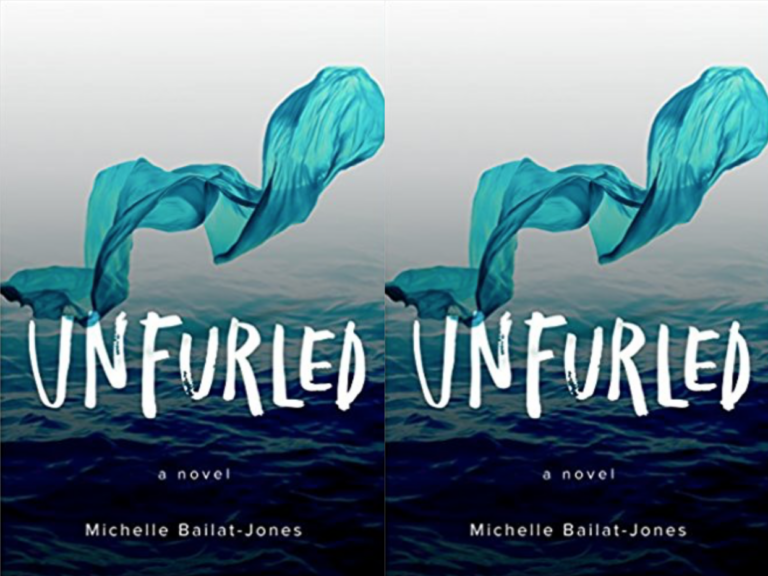Mad World, Mad Kings, Mad Composition by Lisa Fishman

Mad World, Mad Kings, Mad Composition
Lisa Fishman
Wave Books | August 4, 2020
Mad World, Mad Kings, Mad Composition, Lisa Fishman’s seventh book, is at one and the same time remarkably heterogeneous and remarkably cohesive. At 180 pages, on the long side relative to most collections of poetry, the book’s contents are of many kinds: among the more traditional-looking poems are observations on parenting, lists, notes on the plants and animals in her yard in rural Wisconsin, and excerpts from her eclectic reading (which includes da Vinci’s notebooks, Mary Wollstonecraft’s Letters Written During a Short Residence in Sweden, Norway, and Denmark, and the Zen master Dogen). The book also includes reproductions of the first word of Joyce’s Ulysses (with its giant capital S), some pages from Paul Klee’s Pedagogical Sketchbook, a child’s drawing of a deer, and a few pages of Fishman’s own typed drafts, with penciled excisions and additions. The book reads sometimes like a journal, sometimes like a commonplace book, and occasionally like a file folder of miscellaneous items to be sorted later, each with its palpable but unreadable aura.
One would not expect such a book to feel convincingly like a whole, and yet this one does. It is a little like Ducks, Newburyport, Lucy Ellmann‘s thousand-page novel tracking one woman’s stream of consciousness in one continuous, unscrolling sentence. As in the novel, the concerns of Mad World, Mad Kings, Mad Composition are so many and so various—living in the Midwest, food, Trump, parenting, the basis of poetry, Ogham (an ancient Irish writing system)—that it seems the center can hardly hold, that mere anarchy will be loosed upon the world. Fishman’s title underlines the threat of disintegration; taken from Shakespeare’s King John, it is Richard Faulconbridge’s succinct formulation of the chaos underlying royalty’s high talk of right, legitimacy, and honor. Like Ellmann’s novel, though, while Mad World, Mad Kings, Mad Composition does testify to the power of the forces pulling things apart, it also makes felt a countervailing, centripetal force.
Recurring details (an amber bracelet, Hopkins’s ”Spring and Fall”), recurring forms (alphabet poems), and recurring figures (son James, partner Henry, the late Joanne Kyger) do some of this work of holding things together, but the greater part of it is accomplished by the poem’s honest and ongoing wrestling with the vocation of poetry itself. Mad World, Mad Kings, Mad Composition opens with Laura Riding asking whether, if truth is what we seek, we should be writing poetry at all. The whole book responds to the question, prompting its attention not only to the materiality of language (the alphabet, Ogham) but also to all the difficulties of “turning everything into language / w/o losing fidelity to / raw thing.” One difficulty is the multiplicity of options: “Hill comes up / under foot / is one way to say it // say ‘I’m walking’ / and it’s something else.” Another is that the search is exhausting—“A nuthatch walked up the box elder //seems more than can be said.” And behind all the difficulty lies the fear that the search may be pointless:
The hummingbird looks like an insect, not a bird
with translucent-seeming wings
So what so what so what
The micro-level problem—what language would faithfully notate the being of the nuthatch, the hummingbird?—repeats at the macro-level: what should this book be doing? “What is this book? / Is this the book?” Fishman asks in the seventh of the book’s eight sections. The same concerns appear as early as the first section, where the poet admits, “I don’t know how to assemble / it anymore.” Should the poem be the phenomenology of the moment? Yes, perhaps: “Farm objects are / around me so I put them here.” Should it be about memory, the accretions of time? Yes, perhaps: “I see the bark at the base of the hickory / has green in it and blue, and I remember / trying to write about that.” The book takes as one of its subjects the processes of its own making, visible not only in the facsimiles of draft pages but in the strike-throughs and substitutions that appear in the text, traces of the false starts and abandoned alternatives without which the book would not exist. One poem, titled “May 2004 – December 2017,” even complains to Fishman of how long a time its composition has required: “You have failed me / thirteen years / and one half later, says the poem / to the pan of onions / to the sound of highway traffic.”
Mad World, Mad Kings, Mad Composition, long in gestation, bears on its body the marks of its failures, but it is a success. Like some other particularly valuable books of recent years (Barbara Reyes’s Poeta en San Francisco, Cathy Park Hong’s Dance Dance Revolution, Robert Fernandez’s Scarecrow, Brenda Shaughnessy’s The Octopus Museum), it explores the liminal zone between a collection of lyrics and a book-length poem, with some of the strengths of both. It may not definitively answer Laura Riding’s unanswerable question, but the images in its closing pages—a tadpole becoming a frog and a field of dandelion clocks—hint at transformation and regeneration and suggest hope. These days, we can certainly use some hope.


